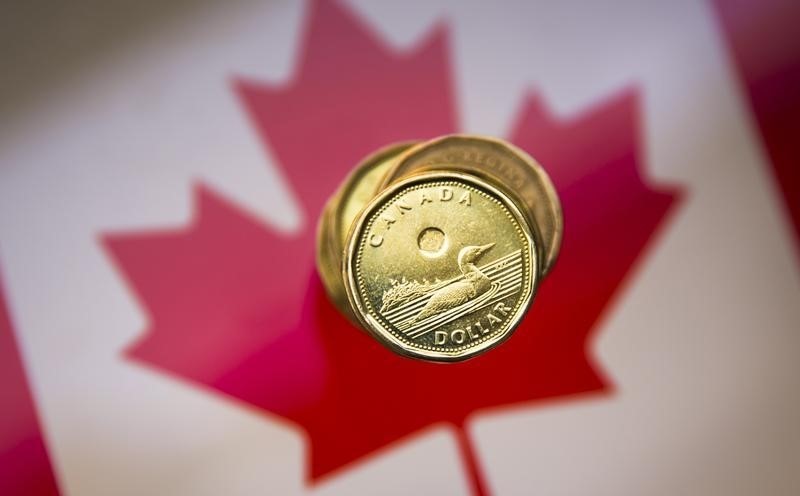By Ketki Saxena
Investing.com -- The Canadian dollar weakened moderately against its U.S. counterpart today, pressured by sliding crude prices, while the greenback gained after hawkish Fed Speak that followed this week’s easing CPI and PPI data.
At 3:10 p.m ET, the USD/CAD pair was at C$1.2774 to a greenback, up 0.10% in the day's trading and with the day's range of 1.2740 - 1.2803.
Following Wednesday’s CPI and yesterday’s PPI data in the U.S., the relative easing inflationary indicators had led investors to immediately temper rate-hike expectations from the Federal Reserve, raising expectations for a 50 rather than 75 bps hike. However, Fed policymakers have since warned that they will maintain rate hikes until inflation pressures subside and that the U.S. central bank is "far, far away from declaring victory", which helped ease pressure on the greenback.
MUFG Bank notes that “Market expectations for dovish policy pivot are unlikely to intensify over the short-term despite the weaker than expected inflation data from the US. Fed comments since the data make that clear.”
Further pressuring the Canadian dollar against its U.S. counterpart, crude prices fell on the usual wrestle between tight supply and worries of demand destruction, most recently driven by conflicting forecasts from the EIA (bullish) and OPEC+ (bearish). Prices also took direction today from the expectations that supply disruptions at Shell’s operations in the Gulf of Mexico would be short-lived.
MUFG further notes that “The near-term outlook for crude oil remains poor with the slowdown in global growth weighing more heavily on the price of oil. In addition, there have been numerous reports indicating Russia's ability to remain a key supplier of crude oil which has left the supply-demand balance globally less supportive for crude oil prices.”
Looking ahead, MUFG believes that the current crude pricing scenario and the unlikelihood of a dovish tilt to Fed policy “Should help to lift USD/CAD back towards the year-to-date high from last month at 1.3224. Unlike the US labour market, there have been clearer signs of a slowdown in hiring in Canada as well.”
Investors can also expect further direction for the loonie from Canadian CPI data due next week on Tuesday.
Investors should also note that the Canadian 10-year government bond fell below the 2-year yield today, an inversion that suggests investors believe in hawkish Bank of Canada policy likely to trigger a recession.
